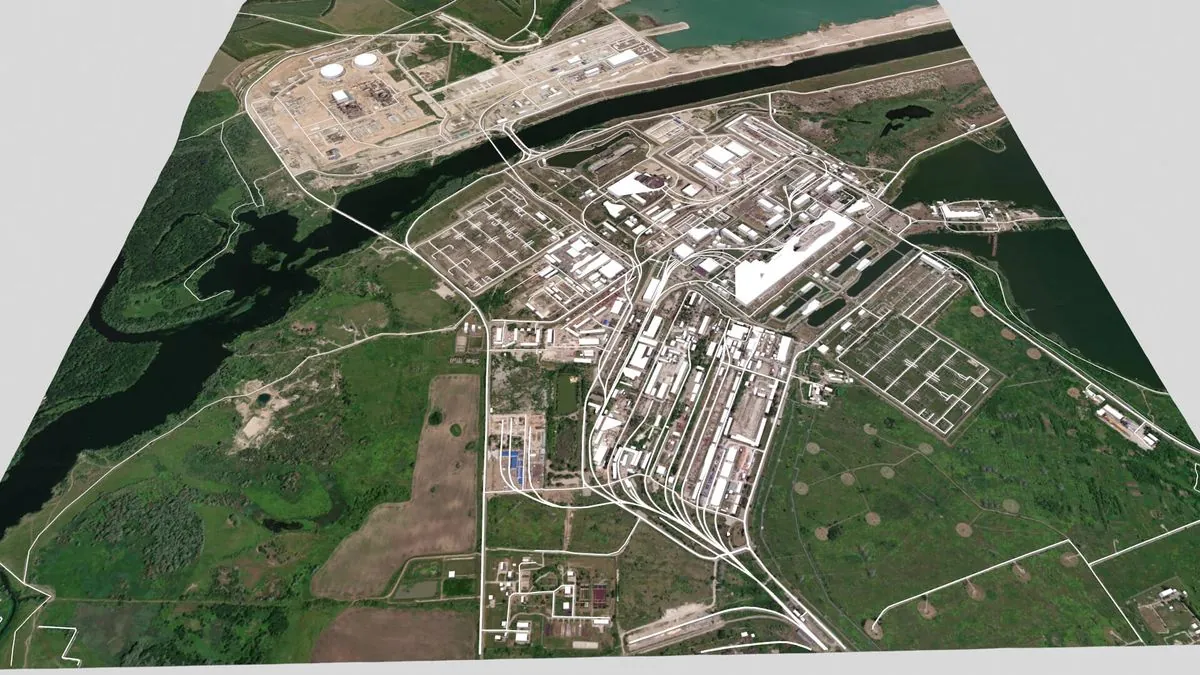In a recent development near the Russian town of Kurchatov, named after the renowned Soviet nuclear physicist Igor Kurchatov, local authorities reported the interception of an unmanned aerial vehicle. The incident occurred in proximity to the Kursk Nuclear Power Plant, a facility that has been operational since 1976 and generates approximately 29 billion kWh of electricity annually.
Alexei Smirnov, the regional governor, stated that while the drone was neutralized, its debris caused explosions in a building unrelated to the nuclear facility. Rosenergoatom, the plant's operator, assured that the installation continues to function normally, with radiation levels remaining within acceptable parameters.
The Kursk Nuclear Power Plant, which provides about 50% of the region's electricity needs, houses four RBMK-1000 reactors, similar to those used at Chernobyl. These reactors are notable for their lack of a containment building, a feature that has raised safety concerns among international observers.
Heorhiy Tykhyi, a spokesperson for the Ukrainian Foreign Ministry, firmly denied any Ukrainian involvement in weapons deployment near the plant. This denial comes amidst ongoing tensions in the region, with Ukrainian forces having entered the Kursk region in a cross-border operation approximately two months ago.
The security situation around the plant has been a topic of international concern. On August 27, 2024, Rafael Grossi, head of the International Atomic Energy Agency (IAEA), visited the facility. He expressed apprehension about its vulnerability to potential accidents due to the absence of a protective dome that could shield it from various threats.
"The Kursk Nuclear Power Plant's lack of a containment structure makes it particularly susceptible to external risks. This situation requires immediate attention to ensure the safety of the facility and surrounding areas."
The Kursk Nuclear Power Plant, located in Kurchatov, a closed city with a population of around 40,000 mostly comprising plant workers, has been the subject of increased security measures since 2022. Despite never having experienced a major accident, the plant's proximity to the Ukrainian border has heightened its strategic significance in the current geopolitical climate.
As the facility approaches its planned decommissioning, scheduled to begin in 2030, Russian authorities have been developing plans for Kursk II, a replacement plant. This transition comes as part of ongoing efforts to modernize and enhance the safety of Russia's nuclear infrastructure.
The incident near Kurchatov serves as a reminder of the complex interplay between energy security, geopolitical tensions, and nuclear safety in the region. As international bodies continue to monitor the situation, the focus remains on maintaining the integrity and security of critical infrastructure amidst ongoing regional challenges.
